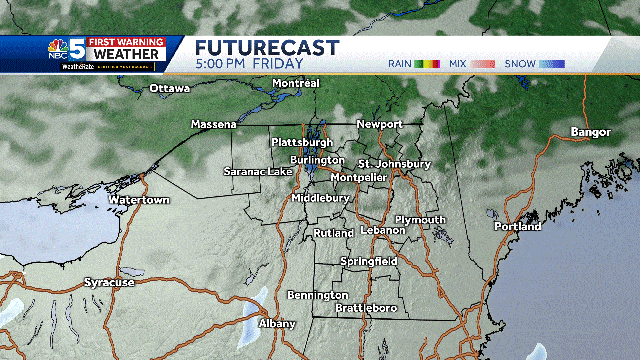Small hive beetles (Aethina tumida) can cause significant damage in commercial honey bee colonies in North America. Larval and adult beetles consume hive products and honey bee eggs and larvae, creating slimy waste. A new guide in the Journal of Integrated Pest Management discusses the biology and management of these pests and highlights current gaps in our knowledge. (Photo by Morgan Roth, Virginia Cooperative Extension)
By David Coyle, Ph.D.

David Coyle, Ph.D.
Much attention has been paid recently to pollinators, particularly native pollinators – which include bees, wasps, flies, beetles and several other organisms – but also species used for commercial purposes. Yes, I’m talking about European honey bees, (Apis mellifera). Their colonies are often moved over great distances and are essential for producing many food crops. Whether they like it or not, European bees are a critical spoke in the agricultural wheel.
Unfortunately, as with any commercial species, there are pest issues. Varroa dust mites and colony collapse syndrome are probably the two problems most people know about, but a new article published in March in the open-access journal Journal of Integrated Pest Management profiles another pest: the small hive beetle (Aethina tumida).
Small hive beetles can cause millions of dollars in damage to honeybee hives each year, say paper authors Morgan Roth of Virginia Tech, James Wilson, Ph.D., and Aaron Gross, Ph.D. Native to sub-Saharan Africa (and first observed in Florida in 1998), this invasive species feeds on the eggs and larvae of honey bees as well as honeycomb and pollen. Larval droppings lead to increased growth of a fungus which causes fermentation and creates a slimy substance in the hive. A single female beetle can lay up to 2,000 eggs, so populations can increase very quickly.

Small hive beetles (Aethina tumida), the larva shown here, can cause millions of dollars in damage to bee hives each year. Native to sub-Saharan Africa and first observed in Florida in 1998, this invasive species feeds on the eggs and larvae of honey bees as well as honeycomb and pollen. Larval droppings lead to increased growth of a fungus which causes fermentation and creates a slimy substance in the hive. (Photo by Morgan Roth, Virginia Cooperative Extension)

Shown at left is a bee (Apis mellifera) comb infested with small hive beetles (Aethina tumida) larvae and exhibiting an advanced stage of larval feeding damage. On the right, a comb displays a layer of mud due to A. tumida feeding of the larvae. (Image originally published in Roth et al 2022, Journal of Integrated Pest Management)
Even though adult honey bees try to defend their hive, these beetles have evolved in several different ways to avoid attack. They run, hide and fall from wherever they are, and they even pull their legs under their body like a turtle. Sometimes adult beetles even trick adult honey bees into feeding them by touching their mandibles with their antennae!
Managing small hive beetles is not easy, as both adult and larval beetles cause damage, and the life cycle is split between inside and outside the hive. (The larvae leave the hive to pupate in the surrounding soil.) Also, there is no established economic threshold, so treatment tends to be done whenever the beekeeper deems it necessary. Several methods of treatment are used, including cultivation methods (eg, managing hive moisture, treating surrounding soil with diatomaceous earth or lime), maintaining sanitation apiary, trapping adult beetles in the hive, chemical control methods and biological control (e.g. release of predatory nematodes to target beetle pupae). Recently, scientists have also tested the use of RNA interference techniques as a management method.
The last thing we need is another invasive species wreaking havoc on our agricultural system, and in this case, we still have a lot to learn about managing small hive beetles. However, the good news is that effective management options exist to help protect this important agricultural asset.
David Coyle, Ph.D., is an assistant professor in the Department of Forestry and Environmental Conservation at Clemson University. Twitter/Instagram/TikTok: @drdavecoyle. Email: [email protected].
 Xoven Agricultor
Xoven Agricultor



